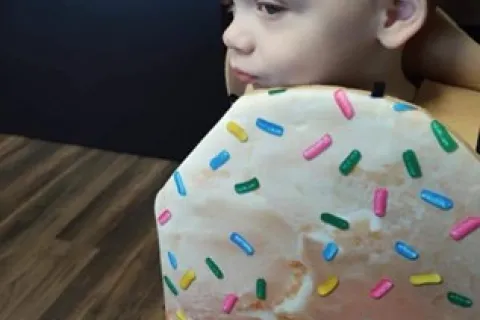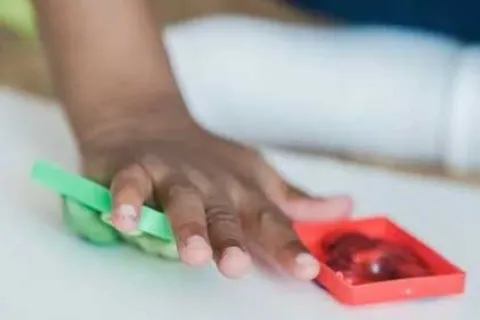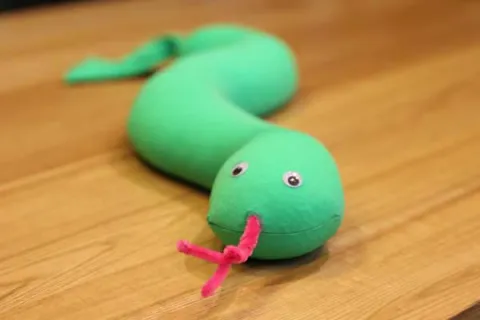Autism and anxiety: Loud noises
By Dr. Judy ReavenThis answer is by Judy Reaven, a clinical psychologist and associate professor of psychiatry and pediatrics at the University of Colorado School of Medicine and Children’s Hospital Colorado, in Denver. Dr. Reaven’s conducted research on the effectiveness of cognitive-behavioral therapy for anxiety in adolescents with autism, with the support of an Autism Speaks research grant.
Our 12-year-old son has autism, mild intellectual disability and anxiety attacks so severe that we end up in the emergency room. Loud noises are the worst – for example the school fire alarm, thunderstorms, a balloon popping, fireworks. Any help would be greatly appreciated.
Thanks for the great question. It certainly sounds like your family is experiencing a very difficult situation. Anxiety symptoms and reactions are very common in individuals with autism spectrum disorder (ASD). They can interfere with functioning across home, community and school settings.
Although your son’s reaction sounds more severe than most, many people with autism struggle with a range of fears, phobias and worries. These can range from a debilitating fear of, say, spiders or the dark to chronic anxiety about making mistakes or being late.
Fortunately, recent research suggests that anxiety in children and adults who have autism is quite treatable. Often, these individuals are helped by the same or similar strategies that work well in treating anxiety in the general population.
Strategies to help with autism and loud noises
These approaches include cognitive behavior therapy, or CBT. Cognitive-behavioral approaches are well-established, evidenced-based treatments that have become the gold standard of psychosocial treatments for anxiety. My own research and that of my colleagues has demonstrated the helpfulness of modifying cognitive-behavioral approaches to address the special needs of those who have autism.
You describe a number of fears that may be related to sensory sensitivities. I recommend that you begin by consulting an occupational therapist who can assess whether your son’s extreme sensitivities to noises are part of a broader sensory processing disorder. If this is the case, and if your son’s fears are exclusively triggered by sensory stimuli, then his symptoms may be best addressed by a sensory-focused intervention. Many occupational therapists who specialize in autism receive special training in this area.
It’s common for children with ASD and anxiety to become extremely frightened in response to sensory stimuli. Perhaps – like many individuals with autism – your son also has difficulty telling you what’s scaring him. Instead, he may show his fear with extreme avoidance of a situation.
For example, he might refuse to go to school after a fire drill. He might become fearful of birthday parties after being frightened by a balloon that popped unexpectedly. Other signs of extreme distress can include yelling, crying, clinging and general agitation. Because your son may have difficulty communicating, it’s important to observe his behavior for these signs of distress. This can help you determine what’s triggering his fears.
Avoidance versus learning to cope
Many parents go to great pains to protect their children by avoiding agitating situations. This approach is sometimes appropriate and even necessary. However, it denies individuals the opportunity to learn how to manage anxiety-provoking situations on their own.
By helping your son learn to manage his fear, you can prepare him for an unpredictable world so that he can participate in it to the maximum extent possible.
Given the severity of your son’s anxiety symptoms, I suggest that you seek professional support in addition to the strategies offered here. Families whose children have milder symptoms of anxiety can try these strategies on their own – seeking professional help if symptoms worsen.
Tackling one fear at a time
I suggest making a list of your child’s major fears and worries. Try to rank order them from mild to severe. To encourage success, I’d start with a mild-to-moderate fear before taking on his extreme reaction to loud noises.
Key components of a cognitive behavioral approach include introducing coping strategies such as deep breathing and “helpful thoughts” that can help a person manage fearful reactions.
For example, you can teach your son to take deep slow breaths to help manage his body’s physical anxiety reactions.
“Helpful thoughts” are statements that your son can say to himself when faced with a situation that makes him anxious. For example, you can coach to your son to say, “This is a loud noise. I don’t like it, but I can handle it.”
To help your son to learn these strategies, I suggest you model taking deep breaths while repeating a “helpful thought” out loud.
Graded exposure
The most important step is to help your son face his fears a little at a time. We call this “graded exposure.” For example, explain to your son that the two of you are going to listen to a recording of thunder. The first time, you might play the recording at a soft volume, then gradually increase the volume over time as he demonstrates increased comfort with the sounds
Or you might try watching a video of a balloon pop – perhaps with the volume off the first time. Then he can watch a real balloon pop while standing some distance away. Over time, he can move closer and closer to the balloon.
After such exercises, you can present him with small rewards for being brave and “facing fears.” Remember that even a small act of bravery – such as listening to a recording of thunder for 10 seconds – represents an important step toward handling fears. It deserves to be acknowledged.
Although graded exposure may seem counterintuitive, research indicates that this strategy is the single most effective strategy for getting over a particular fear.
I wish you and your son the very best.
Editor’s note: The above information is not meant to diagnose or treat and should not take the place of personal consultation, as appropriate, with a qualified healthcare professional and/or behavioral therapist.









